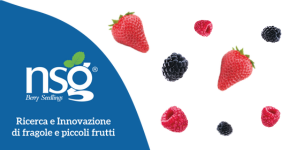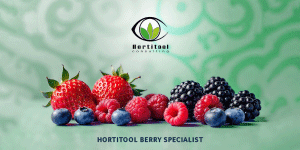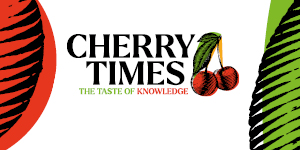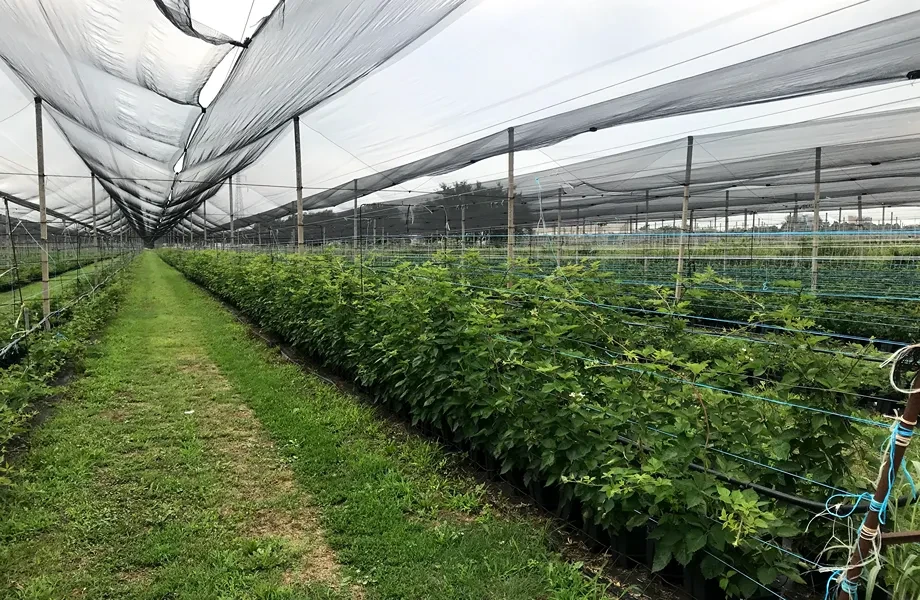The berry cultivation sector in Italy is undergoing a phase of significant consolidation after at least a decade of steady growth. Although cultivated areas showed a slight decrease of 1% in 2024 compared to 2023, they have increased by 20% compared to 2019, reaching just over 2,500 total hectares.
General overview and regional distribution
Italy has expanded its harvests thanks to the development of new areas and the application of appropriate cultivation techniques. Currently, Italian product supply is available almost year-round.
The distribution of cultivation areas shows a clear dominance of the northern regions, which account for about 85% of the national surface. Among them, Piedmont stands out with nearly 780 hectares, followed by Lombardy (around 400 ha), Trentino-Alto Adige (around 350 ha), and Veneto (around 330 ha). Emilia-Romagna also contributes with about 140 hectares. In central Italy, surfaces exceed 170 hectares, while in the South, more than 250 hectares are cultivated. Although cultivation is expanding across the country, recent years have seen active expansion programs from North to South.
Trends by individual species
The Italian berry sector is dynamic, but each species shows different trends:
- Blueberry: The most widely cultivated berry in Italy, showing significant growth. In 2024, the cultivated area increased by 1% over 2023 and by 32% over 2019. Although most of the area is in Trentino, Veneto, Lombardy, and Piedmont, these regions are now seeing stable or declining trends. In the South, investments had grown until a few years ago, reaching around 100 hectares, but the trend has recently turned negative.
- Raspberry: After a growth phase in previous years, raspberry cultivation is now stabilizing, especially in the North. In 2024, the area decreased by 8% compared to 2023 and by 7% compared to 2019. Regional trends vary: Lombardy and Veneto lead in surface area, with slight declines in Piedmont and Lombardy, stability in Trentino-Alto Adige, and slight increases in Veneto and Emilia-Romagna. In the South, the cultivated area is mostly stable.
- Blackberry: The cultivated area is increasing, with a 3% rise in 2024 compared to 2023 and a 26% increase over 2019. However, total area remains lower than for other species. Trentino leads among northern regions, and cultivation is present in Central Italy, with no development observed in the South. Overall, the area has been stable in recent years.
- Currant: Currant cultivation is stable, with a 1% decline in 2024 compared to 2023 but a 3% increase over 2019.
- Gooseberry: Gooseberry cultivation remains marginal and has shown no increases.
The organic sector
According to Sinab data, the organic berry sector in Italy grew until 2022, with cultivated areas rising from nearly 600 hectares in 2019 to a peak of about 720 hectares in 2022. However, in 2023 the area dropped to 630 hectares, indicating a shift in trend. Currently, about 25% of the cultivated areas in Italy are organic. The leading regions for organic production are Piedmont, followed by Lombardy and Emilia-Romagna. Among organic products, blueberries and raspberries are the most representative.
The European context
At the European level (EU27), berry cultivation covers over 163,000 hectares, up from around 154,000 hectares just a few years ago, with a general growth trend across many countries. Poland is historically the leading producer, with over 50% of Europe’s total berry area, mainly cultivating currants, raspberries, and blueberries. Spain follows, specializing in blueberries and raspberries, and Germany in blueberries. Cultivation is also widespread in other Eastern European and Balkan countries, such as Serbia. In this context, Italy accounts for only about 2–3% of the total European berry area.
After at least a decade of expansion, berry cultivation in Italy now seems to be stabilizing. While still dynamic, the sector is entering a consolidation phase. The expansion of cultivated areas is currently slowed by several factors, including high setup costs (initial investment, raw materials) and challenges related to labor needs and management, especially during harvest, which is difficult to mechanize. Despite these challenges, the sector continues to evolve, with Italian products available for most of the year.
Tomas Bosi’s (CSO) presentation at Berry Area – Macfrut 2025
Berry AreaThis article is part of the column dedicated to our new project in collaboration with Macfrut 2025. This column supports the event held on May 6–8, 2025 (Rimini Expo Centre), where the Berry Area serves as a reference point for those seeking innovative solutions for the cultivation and marketing of strawberries and berries. 👉 Learn more at this link |









